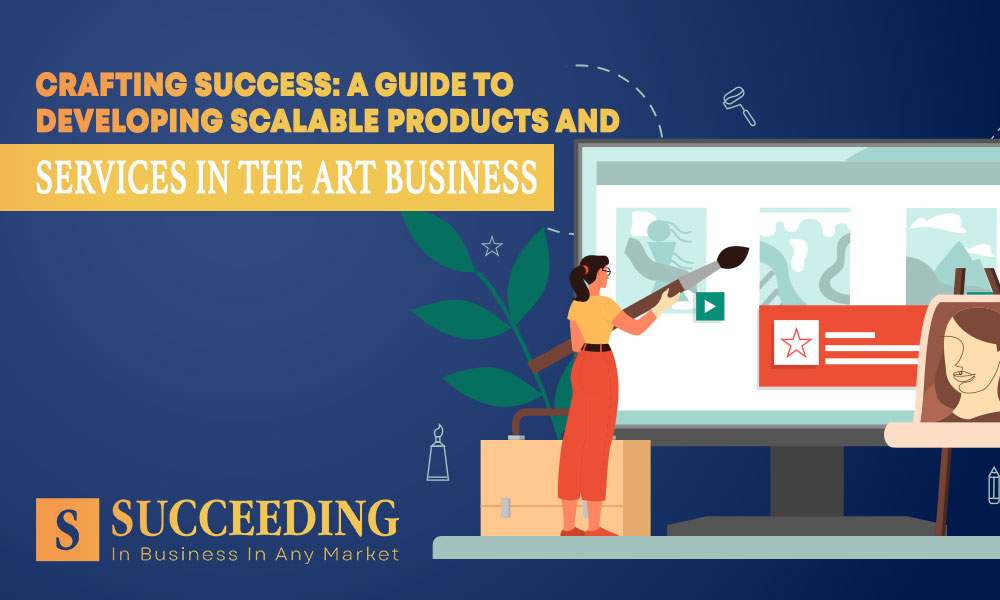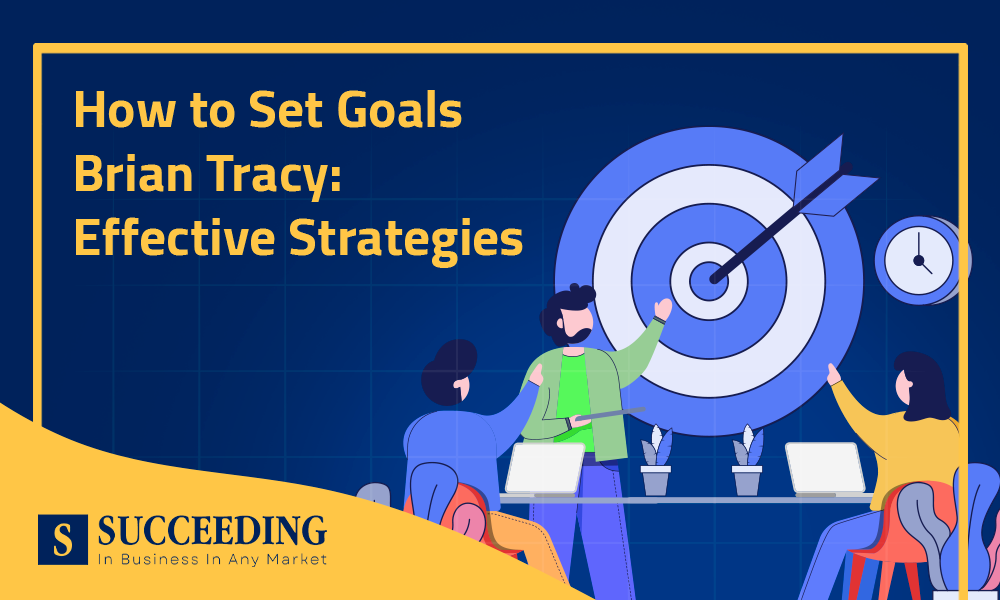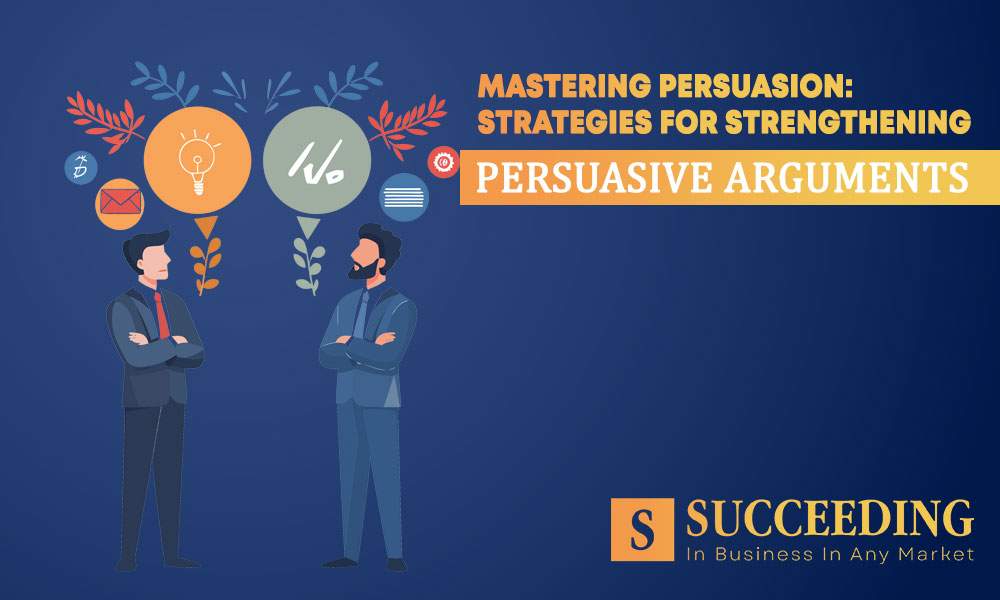Post Date: April 28, 2024

In the dynamic realm of the art business, the ability to scale products and services is a transformative force, allowing artists to extend their reach, amplify their impact, and cultivate new revenue streams. This guide explores the strategies and considerations artists can embrace when developing scalable products and services, delving into the intersection of creativity, innovation, and business acumen.
Understanding Scalability in Art Products and Services
Scalability in the art business goes beyond the creation of individual masterpieces; it involves developing offerings that can be expanded without a linear increase in effort or resources. This understanding marks a paradigm shift, where artists transition from traditional, one-of-a-kind creations to scalable products and services that cater to a broader audience.
Diversifying Art Offerings for Scalability
The key to scalability often lies in diversification. Artists can explore a range of scalable offerings, including limited editions, prints, merchandise, and digital products. By expanding their product lines, artists can cater to different market segments, reaching art enthusiasts who may connect with their work in various ways. The challenge lies in maintaining the delicate balance between artistic creativity and scalability, ensuring that each new offering resonates with the artist’s unique voice.
Leveraging Technology for Scalable Services
In the digital age, technology becomes a powerful ally in the quest for scalable services. Virtual art classes, online mentorship programs, and consultancy services can be delivered to a global audience, transcending geographical constraints. This not only enhances the artist’s reach but also democratizes access to art education and expertise. Success stories abound of artists who have embraced technology to share their knowledge and skills on a scalable platform.
Subscription Models and Membership Programs
Subscription models and membership programs offer artists an avenue for recurring revenue and community building. By providing exclusive content, access, or experiences to subscribers or members, artists can establish a loyal following and create a sustainable income stream. The scalability of these models allows artists to continually add value to their community while expanding their reach.
Strategic Partnerships for Scalability
Collaboration has the power to magnify scalability. Strategic partnerships with other artists, art platforms, or brands can unlock new possibilities and extend the impact of artistic offerings. Navigating these partnerships requires careful consideration of shared values, mutual benefits, and effective communication. Successful collaborations not only broaden the artist’s reach but also contribute to a richer and more diverse artistic landscape.
Customization without Complication
Customization adds a personal touch to artistic offerings, but it can be challenging to balance with scalability. Artists can strategically integrate customization without complicating production processes. This might involve offering limited customization options or creating scalable frameworks that allow for personalization within certain parameters. Successful examples showcase how artists can cater to individual preferences while maintaining efficiency.
Automating Processes for Efficiency
Efficiency is the linchpin of scalability. Automation tools can streamline production, sales, and customer interactions, allowing artists to focus more on their craft and less on operational tasks. Choosing the right automation tools tailored to the specific needs of the art business is crucial for maximizing efficiency without sacrificing quality.
Ensuring Quality Amidst Scalability
Maintaining artistic integrity and quality is non-negotiable, even in the pursuit of scalability. Artists must develop scalable processes without compromising on the essence of their work. Success stories of artists who have scaled their businesses while upholding high-quality standards serve as inspiration for others navigating this delicate balance.
Market Research and Adaptation
In the ever-evolving art market, adaptability is key to scalability. Artists must conduct thorough market research to understand trends, consumer preferences, and potential niches. The ability to adapt offerings based on market dynamics ensures relevance and resonance with the target audience. Staying agile and responsive positions artists for sustained growth in an ever-changing landscape.

Conclusion
The journey toward scalable products and services in the art business is a dynamic exploration of creativity, innovation, and strategic thinking. As artists embrace the potential of scalability, they unlock new opportunities to connect with diverse audiences, cultivate financial resilience, and leave a lasting imprint on the art world. By weaving together the threads of artistry and entrepreneurship, artists can craft success stories that resonate globally.
FAQs (Frequently Asked Questions)
Q: How can artists maintain the uniqueness of their work while offering scalable products like prints or limited editions?
A: Artists can maintain uniqueness by carefully curating the selection of works for scalable offerings, ensuring that each retains the artist’s distinctive style and essence. Limited editions can be strategically chosen to complement the artist’s portfolio without diluting their creative identity.
Q: What types of technology can artists use for scalable services, such as virtual art classes or mentorship programs?
A: Artists can leverage video conferencing platforms, online learning management systems, and social media for scalable services. These technologies facilitate global reach and interactive engagement with participants.
Q: How do artists navigate the complexities of strategic partnerships for scalability?
A: Navigating strategic partnerships involves clear communication, shared goals, and alignment of values between collaborators. Artists should define expectations, mutually beneficial outcomes, and ensure that partnerships contribute to their overall scalability and business objectives.
Q: Can artists effectively balance customization with scalability in their offerings?
A: Yes, artists can balance customization by defining clear parameters for personalization within scalable frameworks. This might involve offering limited customization options or integrating scalable processes that allow for individual preferences without compromising efficiency.
Q: How do artists adapt their offerings based on market trends and changes?
A: Artists can adapt offerings by staying informed about market trends, conducting regular market research, and being responsive to changing consumer preferences. This adaptability ensures that artists remain relevant and can cater to the evolving needs of their audience.





